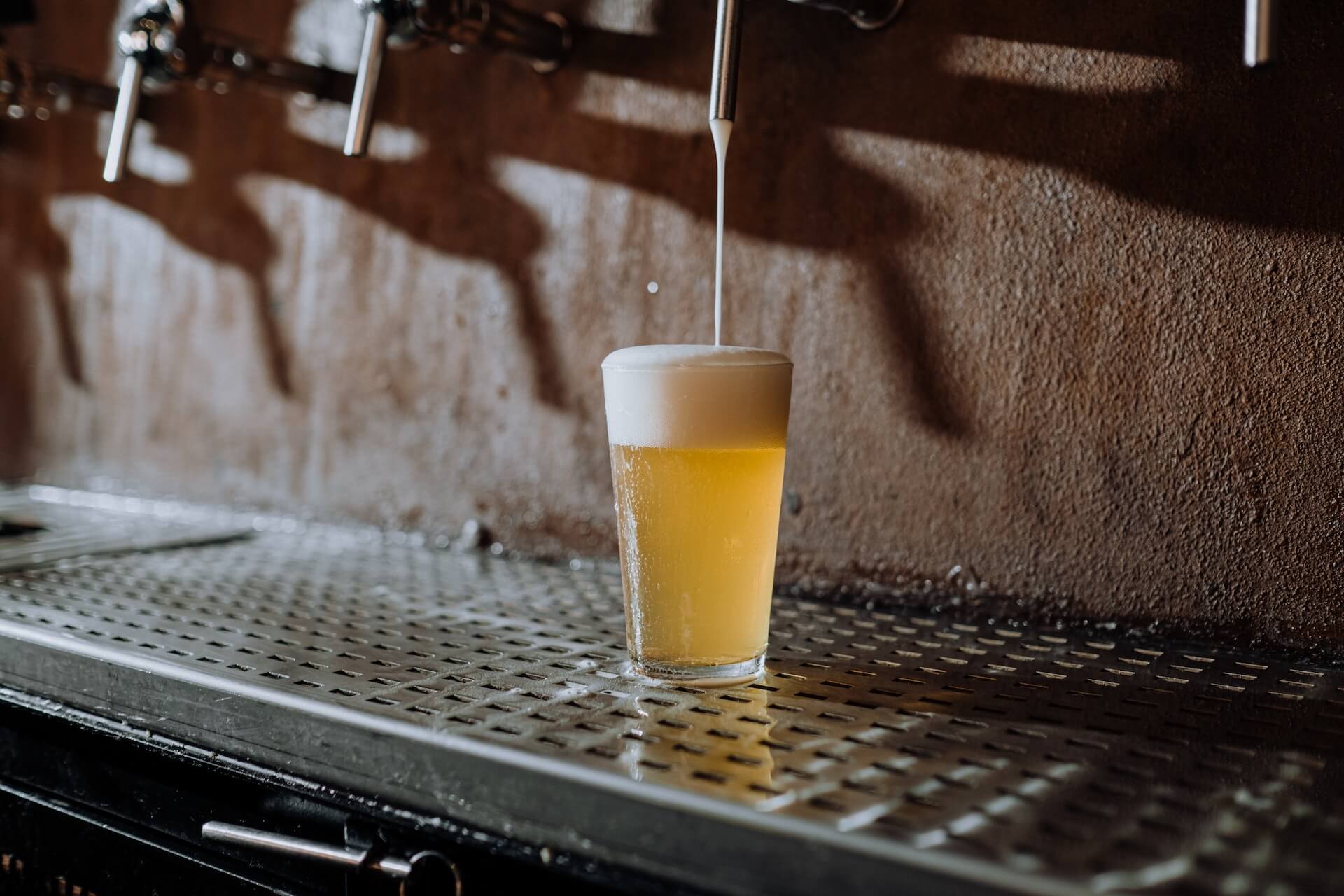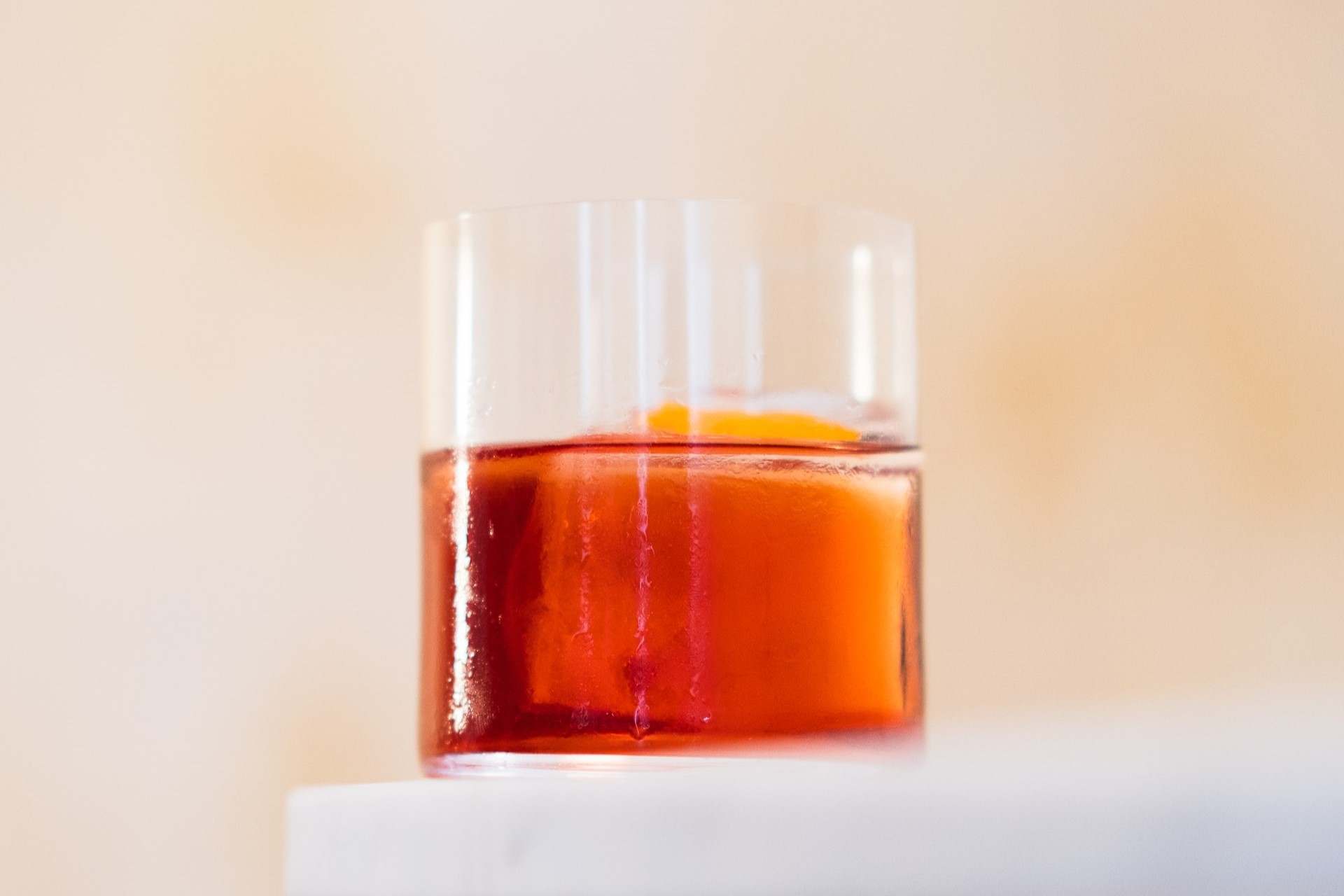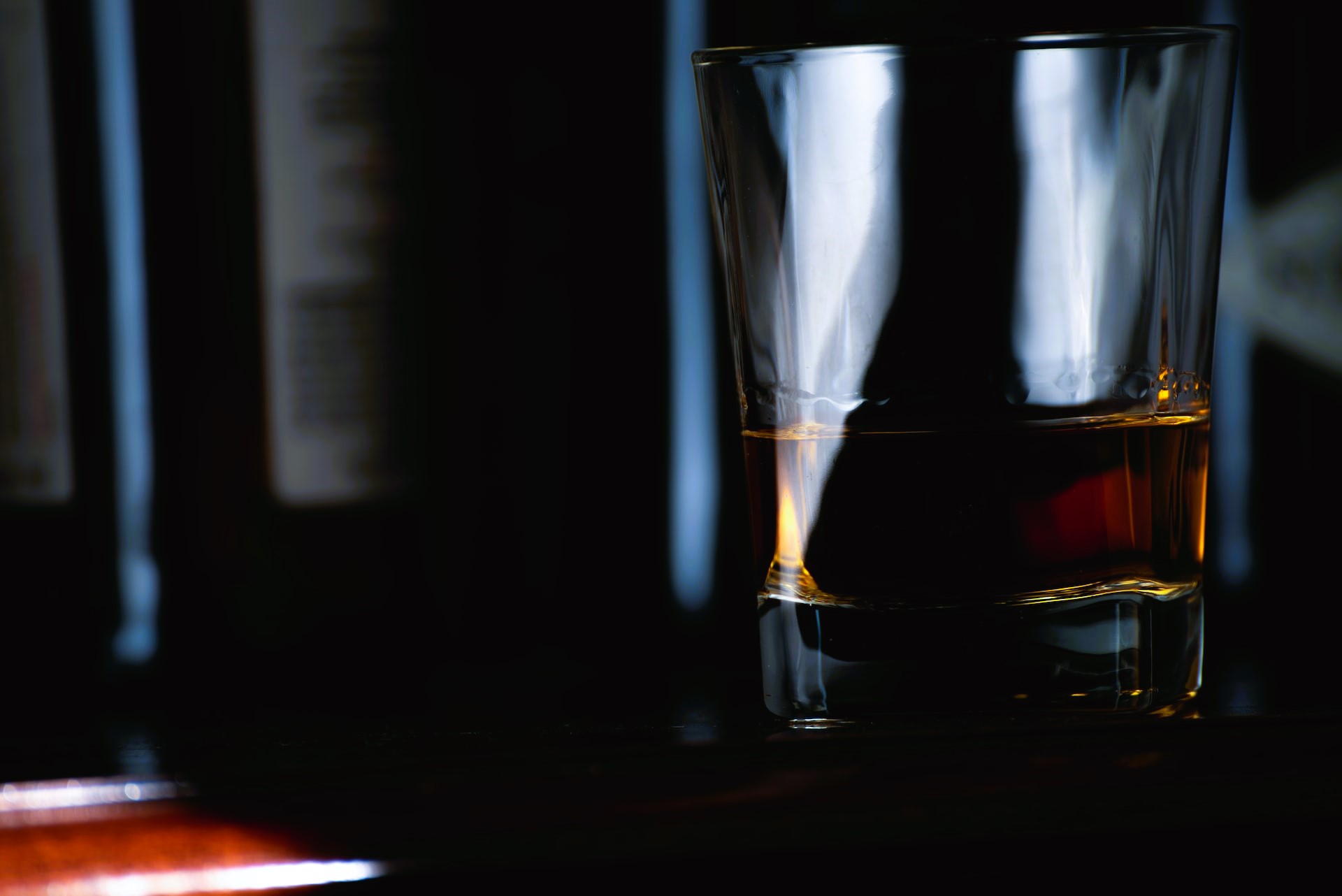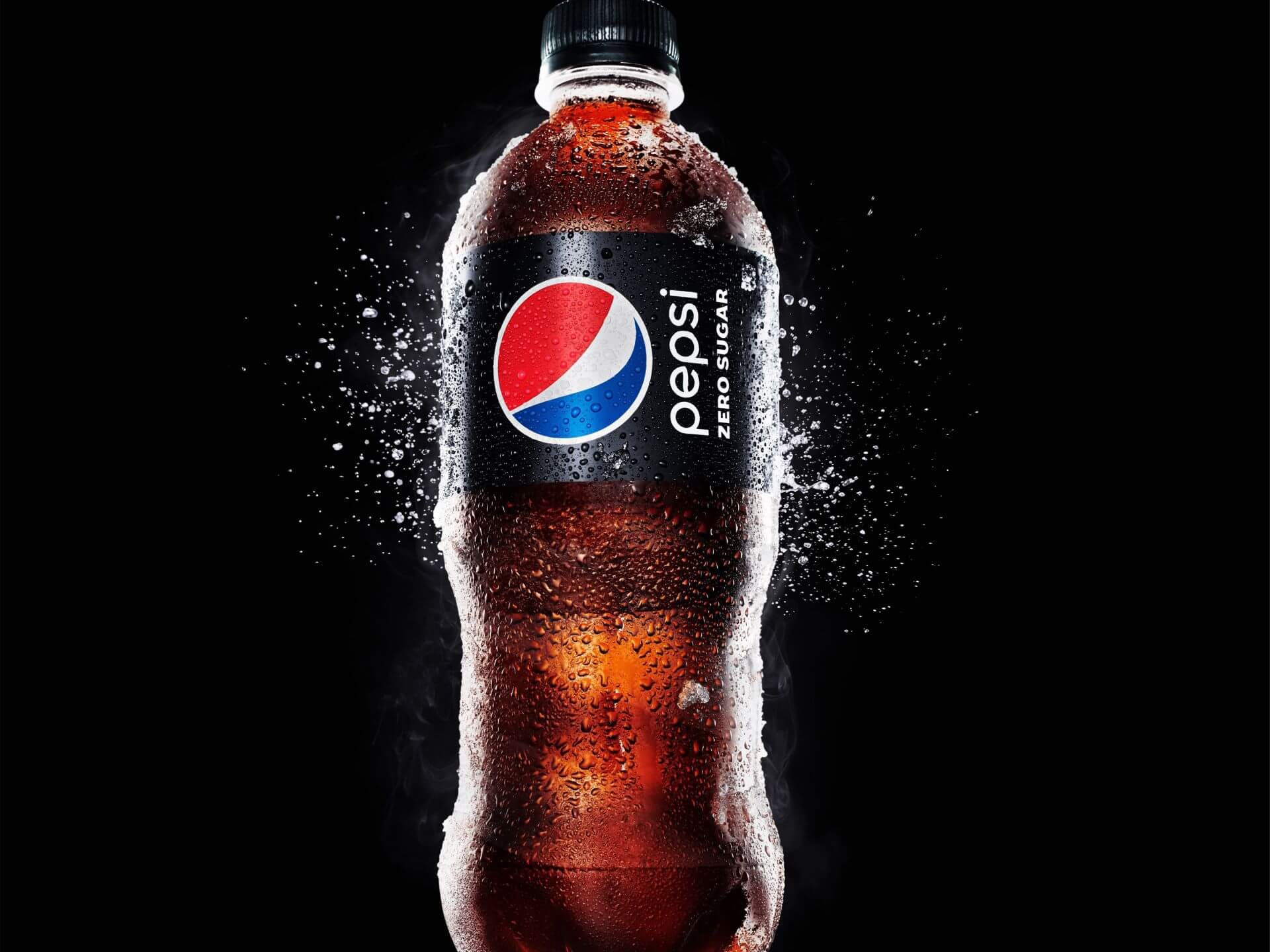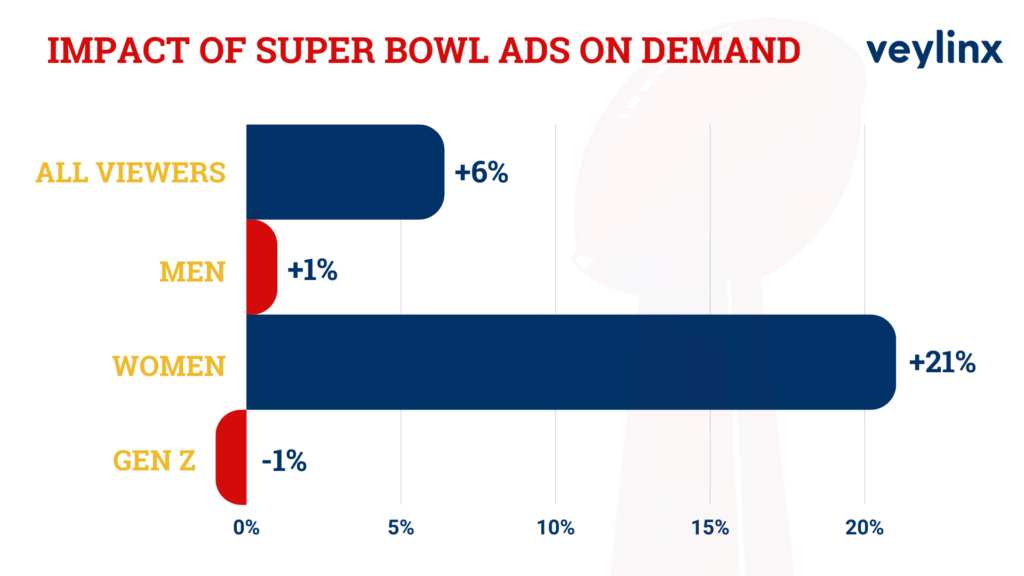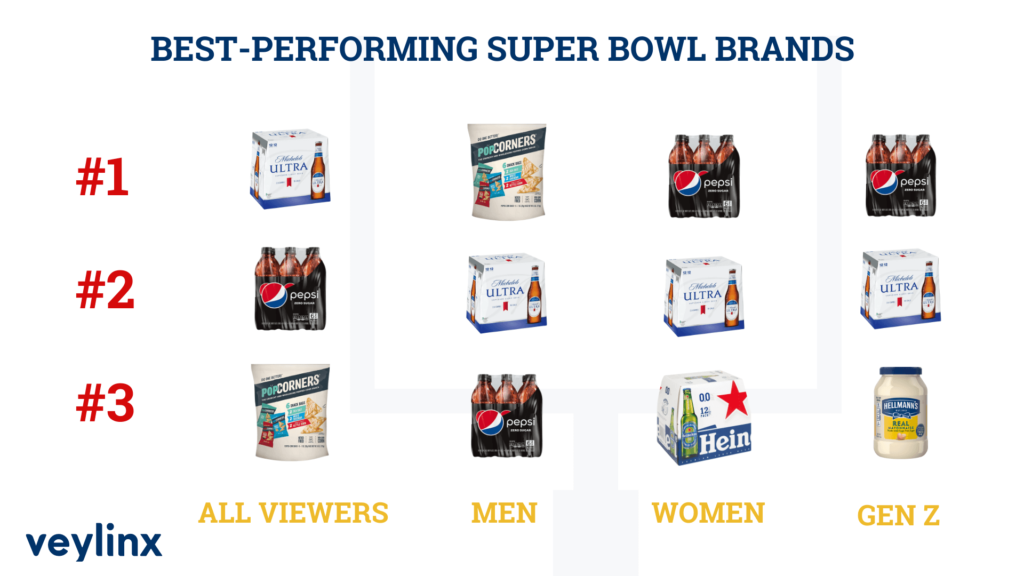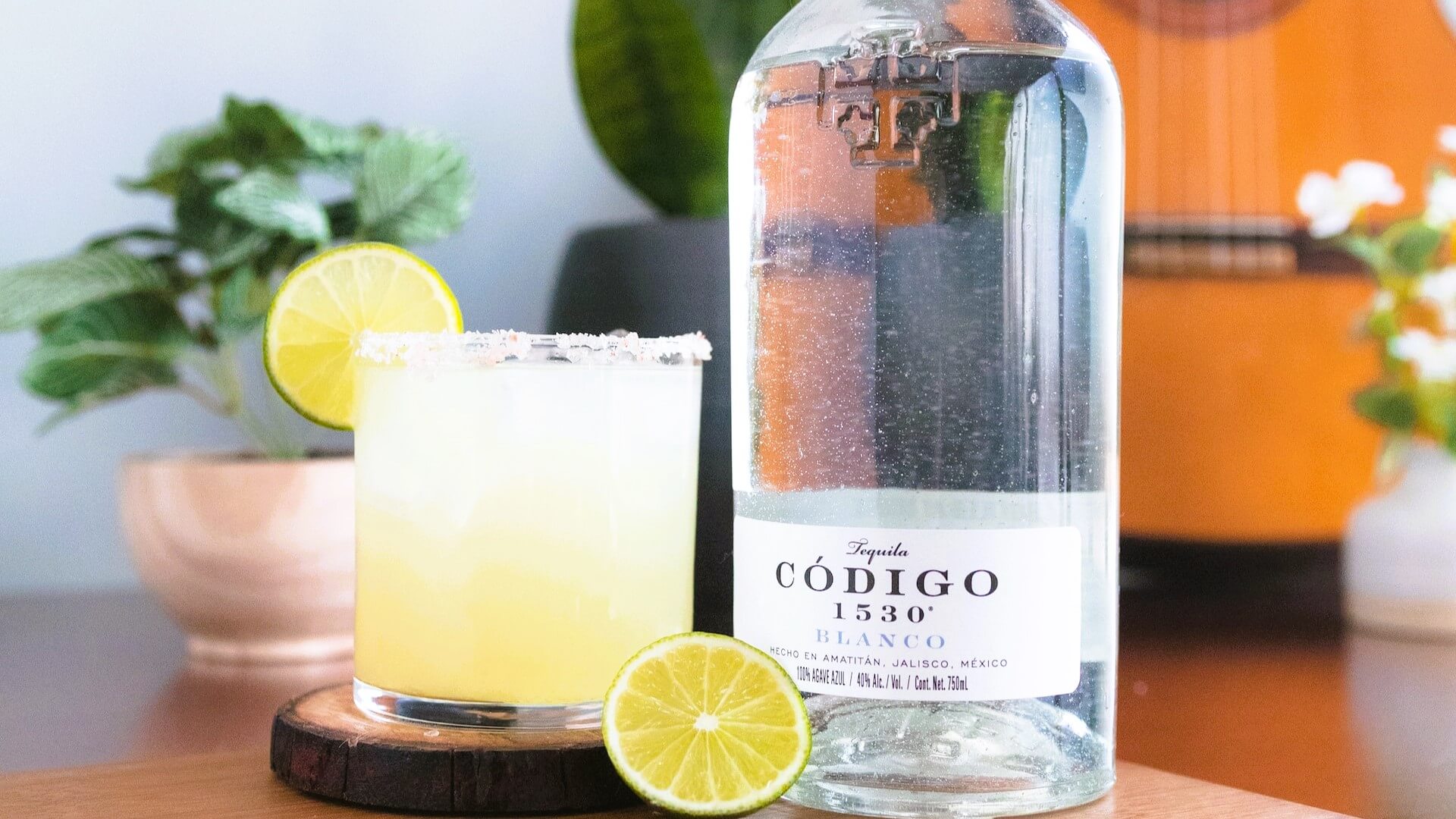Cheers to the 2023 World Beer Cup Winners
by David Klemt
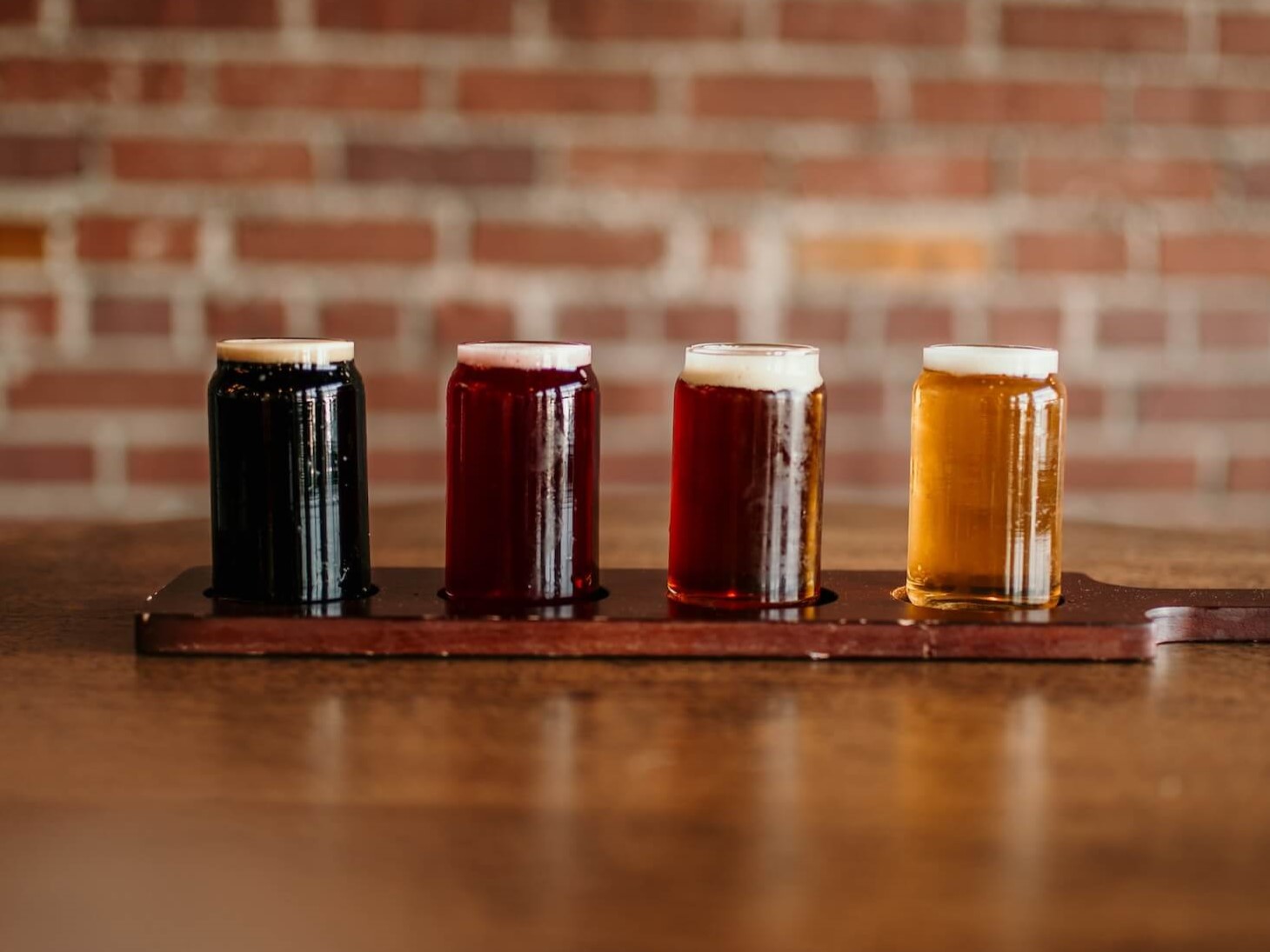
Raise a glass or hoist a stein in celebration of the 2023 World Beer Cup winners, a collection of some of the most incredible brews on the planet.
Since 1996, the World Beer Cup has established itself as “the Olympics of Beer” and is hosted by the Brewers Association. This year, 272 judges from 26 countries ranked submissions from 2,376 brewers across 103 categories. A staggering 10,213 beers were entered in the 2023 World Beer Cup.
On average, 99 beers are submitted for each category. Of note, no category is guaranteed to have three medalists. In theory, the judges assessing a given category may award only a silver or bronze medal, determining that there is no outstanding entrant deserving of gold.
While the average per category is 99 entrants, some styles have hundreds. The first five categories below boasted the most entrants in 2023.
For our coverage of the 2022 World Beer Cup winners, click here.
American-style India Pale Ale
412 entrants
- Gold: Head Hunter (Fat Head’s Brewery & Saloon; North Olmsted, Ohio, USA)
- Silver: Applied Science (Sunriver Brewing Co.; Sunriver, Oregon, USA)
- Bronze: Old West (Craft Coast Beer & Tacos; Oceanside, California, USA)
Juicy or Hazy India Pale Ale
374 entrants
- Gold: Wherever You Go (Green Cheek Beer Co.; Costa Mesa, California, USA)
- Silver: Nectaronus Prime (Moksa Brewing Co.; Rocklin, California, USA)
- Bronze: Nelson Hazy IPA (Prison Pals Brewing Co.; Doral, Florida, USA)
German-style Pilsener
233 entrants
- Gold: Pils (Von Ebert Brewing, Pearl District; Portland, Oregon, USA)
- Silver: Dollar Pils Y’all (Holler Brewing Co.; Houston, Texas, USA)
- Bronze: Bibo (Creature Comforts Brewing Co., Southern Mills; Athens, Georgia, USA)
International Light Lager
220 entrants
- Gold: Anne Bonny (Le Corsaire – Microbrasserie Pirate; Lévis, Québec, Canada)
- Silver: 3Speed (Amsterdam Brewing Co.; Toronto, Ontario, Canada)
- Bronze: Ultra Secret Enigma (Liability Brewing Co.; Greenville, South Carolina, USA)
Wood- and Barrel-aged Strong Stout
202 entrants
- Gold: Big Mistake (11 Below Brewing Co.; Houston, Texas, USA)
- Silver: BA Sexual Chocolate (Foothills Brewing; Winston-Salem, North Carolina, USA)
- Bronze: Vladislav (Diebolt Brewing Co., Denver, Colorado, USA)
I selected another dozen categories, which you’ll find below. These include American Wheat Beer, Non-alcohol Beer, and Pumpkin Beer.
For the full list of 2023 World Beer Cup winners, please click here. Cheers!
Session India Pale Ale
- Gold: Wild Gravity (Bend Brewing Co.; Bend, Oregon, USA)
- Silver: Trump Hands (Cannonball Creek Brewing Co.; Golden, Colorado, USA)
- Bronze: Summatime (603 Brewery; Londonberry, New Hampshire, USA)
American Wheat Beer
- Gold: Taildragger 5G (Saddle Mountain Brewing Co.; Goodyear, Arizona, USA)
- Silver: Meister (Eppig Brewing; Vista, California, USA)
- Bronze: Miner’s Gold (Lewis & Clark Brewing Co.; Helena, Montana, USA)
Belgian Fruit Beer
- Gold: Central City Brewing Framboise (Central City Brewers and Distillers; Surrey, British Columbia, Canada)
- Silver: Vieux Bois Lambic Inspired Ale w/ Cranberry & Raspberry (Bozeman Brewing Co.; Bozeman, Montana, USA)
- Bronze: Turtle Kriek (Peticolas Brewing Co.; Dallas, Texas, USA)
Belgian-style Sour Ale
- Gold: Vintage 2022 (New Glarus Brewing Co.; New Glarus, Wisconsin, USA)
- Silver: Chance, Luck and Magic 2020 (Garage Project; Wellington, New Zealand)
- Bronze: Borealis (Lamplighter Brewing Co.; Cambridge, Massachusetts, USA)
English-style Brown Ale
- Gold: Shhhhhh…This Is Ryan’s Award Winning Brown Ale (Green Cheek Beer Co., Costa Mesa; Costa Mesa, California, USA)
- Silver: Black Cats (Streetside Brewery; Cincinnati, Ohio, USA)
- Bronze: Brown Ale (Grid City Beer Works; Salt Lake City, Utah, USA)
South German-style Hefeweizen
- Gold: Altstadt Hefe (Altstadt Brewery; Fredericksburg, Texas, USA)
- Silver: Flying W Hefeweizen (Little Dry Creek Brewery; Greenwood Village, Colorado, USA)
- Bronze: Fujizakura Kogen Beer Weizen (Fujizakura Heights Beer; Minamitsuru-gun, Yamanashi Prefecture, Japan)
Classic Saison
- Gold: Saaz Dryhopped Saison (33 Brewing Experiment; Vancouver, British Columbia, Canada)
- Silver: Juilletistes (Bruery Terreux; Placentia, California, USA)
- Bronze: Valor (Tooth and Nail Brewing Co.; Ottawa, Ontario, Canada)
Pumpkin Beer
- Gold: Pumpkin Ale (Backpocket Brewing; Coralville, Iowa, USA)
- Silver: Pumpkinator (Saint Arnold Brewing Co.; Houston, Texas, USA)
- Bronze: Jack O’Lantern Ale (Bond’s Brewing Co.; Laramie, Wyoming, USA)
Chili Beer
- Gold: Yellow Fever (Comrade Brewing Co.; Denver, Colorado, USA)
- Silver: Kimchi Sour (Dokkaebier; Oakland, California, USA)
- Bronze: Oaxaca Choca Mexican Chocolate Stout (New Realm Brewing Co., Charleston; Charleston, South Carolina, USA)
Smoke Beer
- Gold: Unearthing the Orb (Resolute Brewing Co.; Centennial, Colorado, USA)
- Silver: Smokehaus Bock (Devils Backbone Basecamp Brewpub & Meadows; Roseland, Virginia, USA)
- Bronze: Colossal 2 (Port City Brewing Co.; Alexandria, Virginia, USA)
Gluten-free Wheat Beer
- Gold: Ghostfish 8th Anniversary Beer (Ghostfish Brewing Co.; Seattle, Washington, USA)
- Silver: Seven Spice Anniversary Saison (Holidaily Brewing Co.; Golden, Colorado, USA)
- Bronze: Ripped Jeans and Wolf Shirts (ALT Brew; Madison, Wisconsin, USA)
Non-alcohol Beer
- Gold: Superb-Owl (Uiltje Brewing Co.; Haarlem, North Holland, Netherlands)
- Silver: Just the Haze (Boston Beer Co., Samuel Adams Brewing Co.; Boston, Massachusetts, USA)
- Bronze: Galactic Extra Dark (Big Drop Brewing Co.; Wilmington, Delaware, USA)
Image: Daniel Lee on Unsplash


